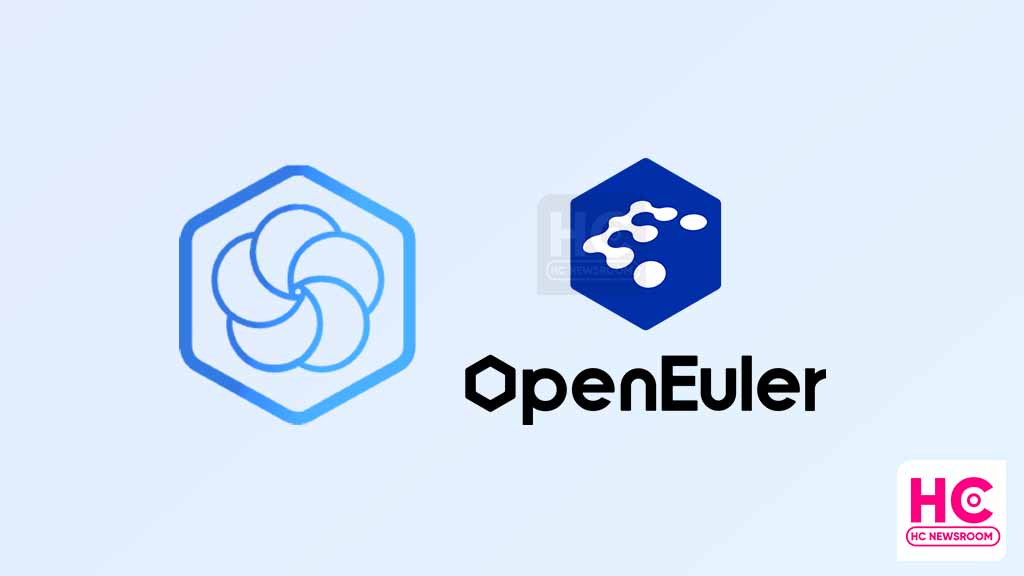News
Huawei OpenGemini cloud series joined OpenEuler

Last month, Huawei openGemini has officially confirmed its participation in openEuler DB. This Huawei Cloud-operated time-series database has completed various compatibility inspections before joining the openEuler version 23.03.
According to the info, openGemini can now involve with openEuler community for of Internet of Things, embedded systems, edge computing, and operation and maintenance monitoring (AIOps).
openGemini is a cloud-native distributed time-series database designed and developed by Huawei Cloud Database Innovation Lab and available as open sourced globally.
It is used mainly for the Internet of Things and operation and maintenance monitoring, it provides open-source solutions for massive time-series database processing and analysis. openGegmini also works to further reduce enterprise operation and operation and maintenance costs, and improve product quality and production efficiency.
Throughout the past years, openGemini is revolutionized through different stages of development from initial technical exploration.
It is transformed by InfluxDB to cloud service commercialization, self-developed kernel enhancement, and open source. Open all core source codes, fully adopting open source, and create a development community of sharing, co-governance, and co-construction.
looking at the structure, openGemini brings MPP massively parallel processing layered architecture, which consists of ts-SQL, ts-store, and ts-meta.
- ts-SQL: Unified processing of client requests. The data is scattered and stored in different ts-stores according to the timeline-consistent Hash method. During the execution of the query statement, the data is obtained from the ts-store and summarized, and returned to the client.
- ts-meta: Database cluster metadata and database metadata management, such as node information, data retention time, data partition information, table information, etc.
- ts-store: The original data is organized and stored in a time-series optimized data format. During a query, the data is searched according to the specified time range and timeline ID, and the target data is returned according to the filter conditions.
High performance:
openGemini has made a lot of optimized designs for computing engines and storage engines in response to massive data management and analysis demands.
- Billion level index management
Tens of millions of index data are written concurrently per second - Millisecond-level response to 10,000-level indicator data
In the scenario of 300,000 indicators and 25.9 billion indicator test data, using the TSBS performance testing tool, compared with the open source stand-alone version InfluxDB v1.7, the write performance of the openGemini stand-alone version is improved by 5 times, and the simple query is improved by 2-5 times. Complex query response time was shortened by more than 60 times.







